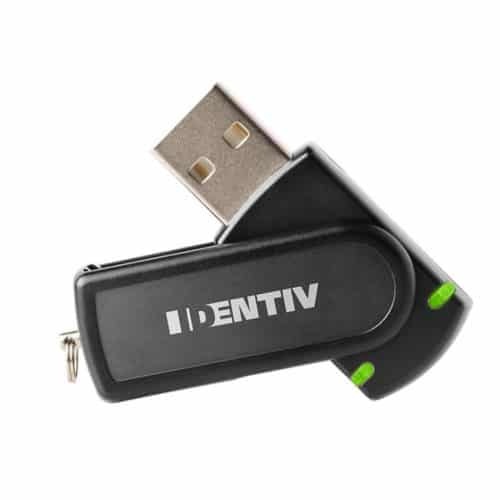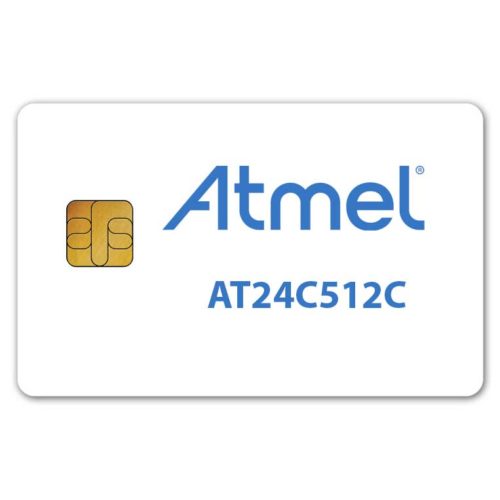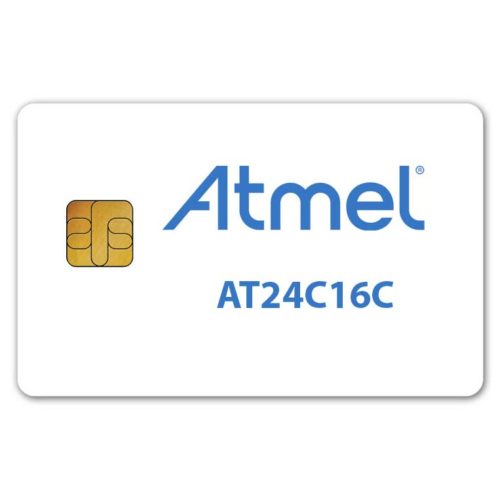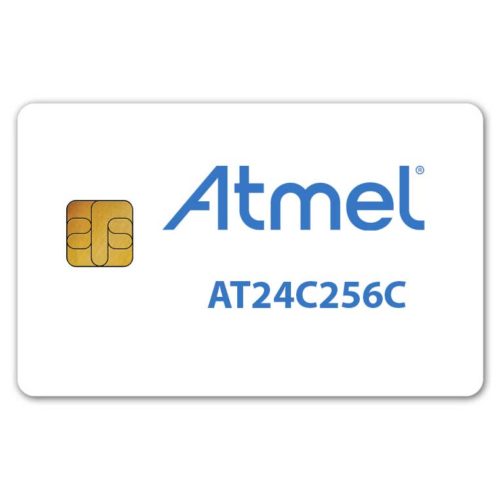The Single Wire Protocol (SWP) is a specification for a single-wire connection Master Analog Front End (AFE) between the SIM card or smart card (SWP slave) and a near field communication (NFC) chip (SWP master) in a cell phone. It was under final review by the European Telecommunications Standards Institute (ETSI). The technical specification (TS) for SWP was produced by ETSI Technical Committee Smart Card Platform (SCP) under the ETSI TS 102 613 specification.
SWP is an interface between contactless frontend (CLF) and universal integrated circuit card (UICC/SIM card chip). It is a contact-based protocol that is used for contactless communication. C6 pin of UICC is connected to CLF for SWP support. It is a bit-oriented full duplex protocol i.e. at the same time transmission as well as reception is possible. CLF acts as a master and UICC as a slave. CLF provides the UICC with energy, a transmission clock, data, and a signal for bus management. The data to be transmitted are represented by the binary states of voltage and current on the single wire.
ETSI TS 102 613 document is to ensure interoperability between a UICC and the CLF in the terminal independently of the respective manufacturer, card issuer or operator. Any internal technical realization of either the UICC or the CLF is only specified where these are reflected over the interface.
The ETSI TS 102 613 document defines:
- Layer1: The physical layer which is responsible for activating, maintaining and deactivating the physical link between the UICC and the CLF. It defines electrical (voltage and current levels, timing and coding of voltage and current levels), mechanical (physical contacts) and functional (data rates) specifications. It also defines the initial communication establishment and the end of the connection.
- Layer 2: The data link layer which is responsible for the physical addressing of the data through frames and Link Protocol Data Units (LPDU). The data link layer is also responsible for error notification, ordered delivery of frames and flow control. This layer can be split into two sub-layers:
- The Medium Access Control (MAC) layer which manages frames.
- The Logical Link Control layer which manages LPDUs and is responsible for the error-free exchange of data between nodes. Three different Logical Link Control layers are defined in the present document.
- Operating junction temperature range: -40°C to +125°C
Silicon proven in a 130 nm and 55 nm CMOS processes
Characteristics of a 130 nm implementation:- typical operating current consumption smaller than 100 µA
- typical standby current consumption smaller than 1 µA
- silicon area (including a 80 µm x 80 µm pad) smaller than 0.03 mm²
- Straightforward integration through a standard interface (customized on request)
Related Products
Related Articles
ViVOtech & G&D Confirm Interoperability Between G&D NFC-Enabled SIM Cards And ViVOtech’s OTA NFC Infrastructure Software
ViVOtech And Giesecke & Devrient (G&D) Confirm Interoperability Between G&D NFC-Enabled SIM Cards And ViVOtech's Over-The-Air (OTA) NFC Infrastructure Software Munich, Germany and Santa Clara, CA - Continuing to deliver the latest technologies for powering the most flexible and open
Aspects’ new software functionality saves time and money for wireless test engineers
Aspects is announcing 3G and GSM Tools 5.1, the latest release of their leading suite of wireless testing tools at the 3GSM World Congress in Barcelona. These complement their market leading test tool suite and will work in conjunction with
ACS Launches ACR39T-A5 (USB Type C) Smart Card Reader
HONG KONG, 14 December, 2020 — Advanced Card Systems Ltd. (ACS), Asia Pacific's top supplier and one of the world's top 3 suppliers of PC-linked smart card readers (Source: Frost & Sullivan), launches ACR39T-A5. This new addition of ACR39 Series features
Leading global smart card developer UBIVELOX enters cryptocurrency market with strategic alliance with Pundi X
SEOUL, South Korea, July 20, 2018 /PRNewswire/ -- Pundi X, the developer of a blockchain-based point-of-sale ("POS") solution, and UBIVELOX (089850), the KRX-listed company and world's sixth-largest manufacturer of smart cards, today announced UBIVELOX's entry into the cryptocurrency market following
AT&T, Sprint, T-Mobile and Verizon unveil next-generation mobile authentication platform details
BARCELONA, Spain, March 1, 2018 /PRNewswire/ -- Today, the Mobile Authentication Taskforce, comprised of AT&T, Sprint, T-Mobile and Verizon, reveals product details of the next-generation mobile authentication platform at Mobile World Congress in Barcelona. Formed last year to develop a mobile authentication solution
Samsung Provides Invaluable Protection with Smart Card IC Solutions
December 12, 2017 --Samsung Electronics is the driving force behind the technology securing the way we shop, the way we communicate, even the way we travel to different countries. The company is fully committed to growing the smart card industry




